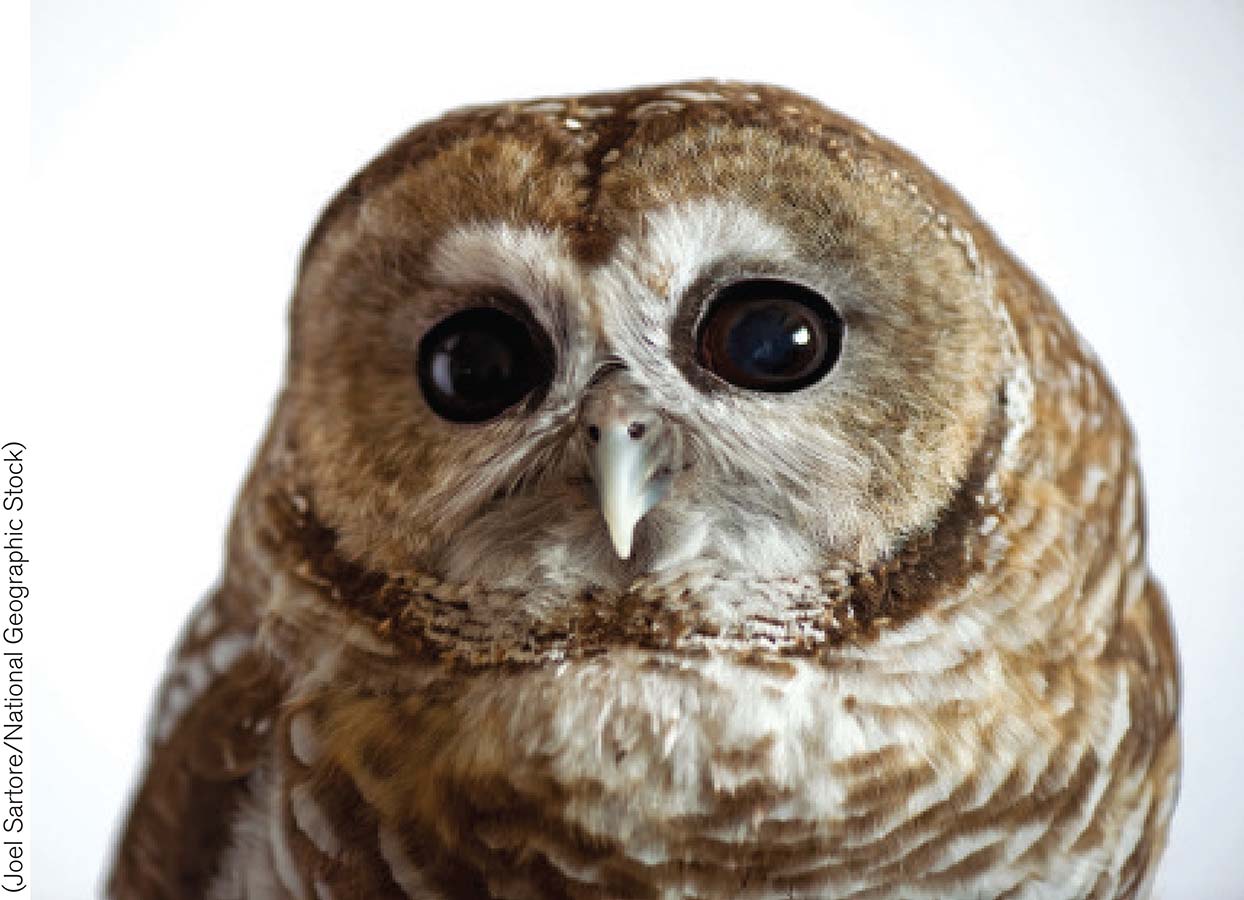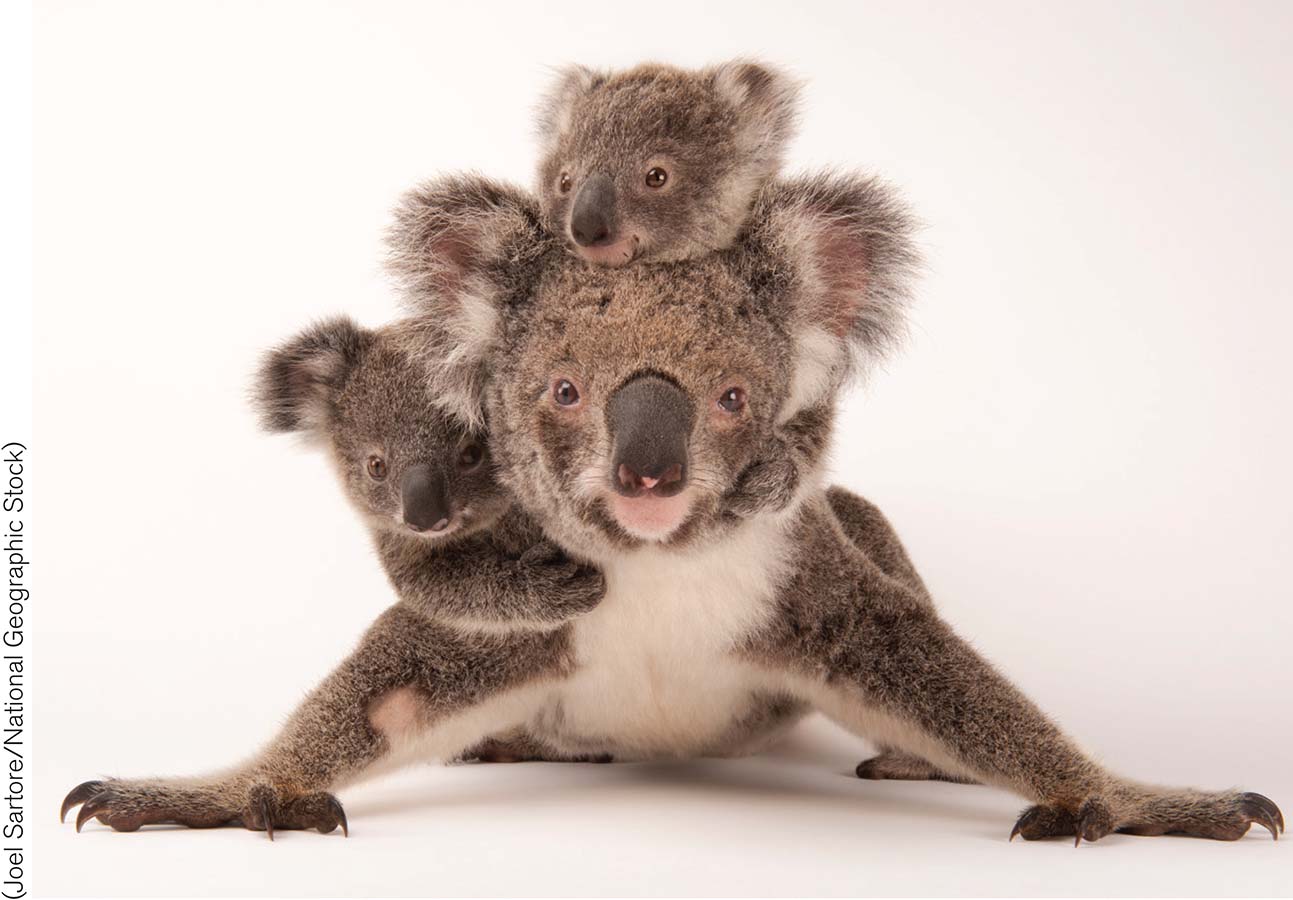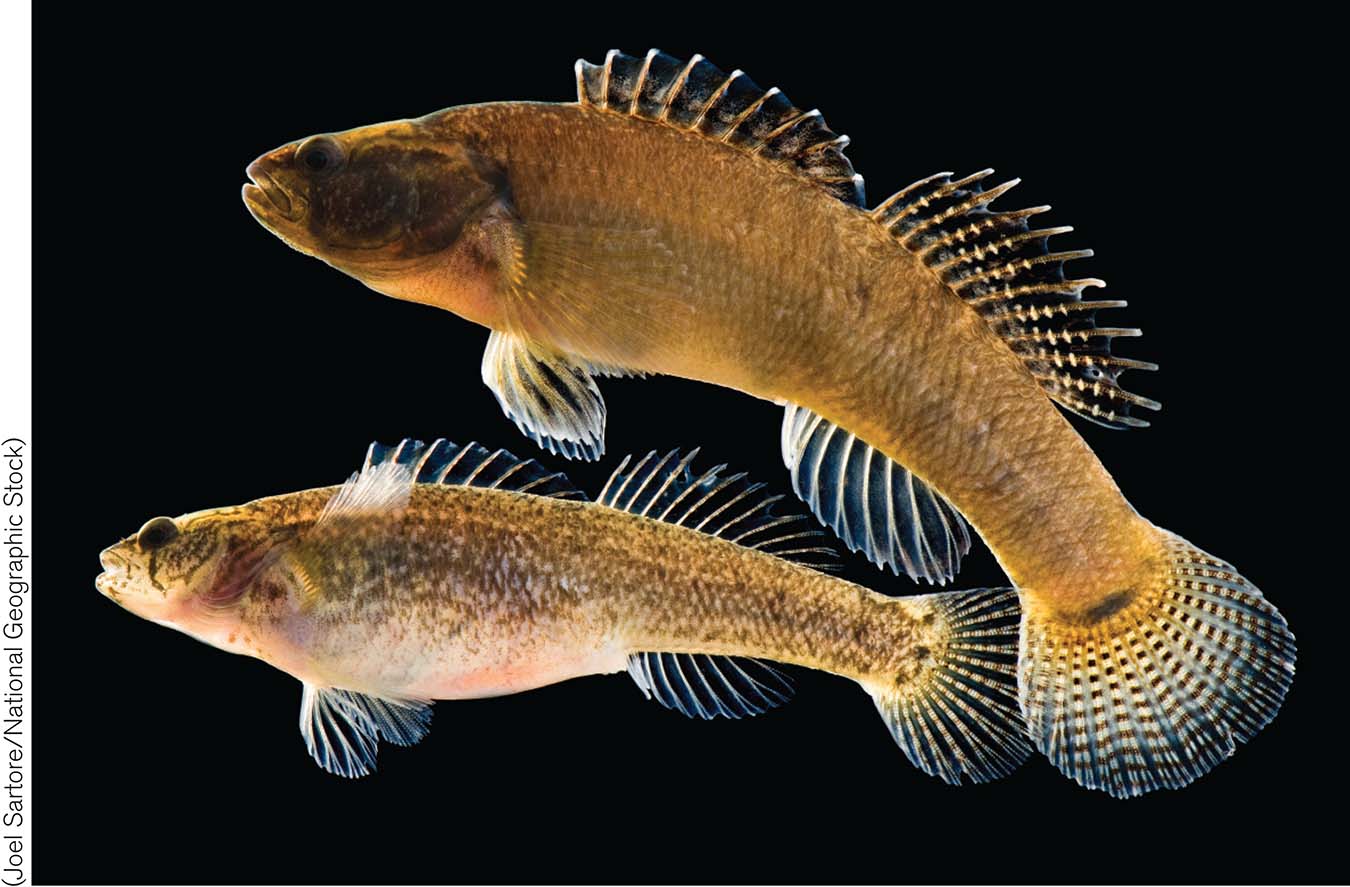Chapter Introduction
CHAPTER 3
Conservation of Endangered Species

Central Question: How can we protect species in an increasingly human-dominated world?
 SCIENCE
SCIENCE
Explain the ecology of populations and interactions in communities.
 ISSUES
ISSUES
Analyze the threats to survival of species.
 SOLUTIONS
SOLUTIONS
Discuss the legal, social, and economic factors that help conserve and restore threatened and endangered species.
Threatened and Endangered Species
The Mexican spotted owl is threatened by logging of its old growth forest habitat. Koalas face a variety of threats to their existence, including infectious disease and wildfires. The highly restricted relict darter has become endangered as a result of habitat destruction.



The morning of March 24, 1995, Yellowstone National Park was still blanketed in snow when six gray wolves—
This wolf pack was the first to set foot in one of the world’s most iconic national parks in more than 50 years. The canine predators had been eradicated from Yellowstone and the surrounding area by ranchers protecting their livestock and by the federal government, which had laid out poison carcasses to kill them, dynamited their dens, and offered bounties to hunters who brought in their heads and skins. Their 1995 reintroduction was hugely controversial among ranchers and others, who unsuccessfully sued to stop it. As that battle played out, the wolves were live-
“We reached the old wolf in time to watch a fierce green fire dying in her eyes. I realized then, and have known ever since, that there was something new to me in those eyes—
Aldo Leopold, from Thinking Like a Mountain, 1949
By 2003, 31 reintroduced wolves had multiplied and Yellowstone boasted 174 wolves in a dozen packs. But the wolves ventured farther and farther outside the park boundaries, once again creating conflicts with ranchers. Over the years, Doug Smith became known as the “Wolf Man” and continued to follow the wolves’ movements and activities with radio collars. On October 3, 2009, he learned that an alpha female he had been following—
biodiversity Biological variety from genes and species to diversity at the scale of ecosystems and the globe.
In this chapter and the next, we focus on the challenge of restoring and conserving biodiversity in the modern world. Biodiversity refers to biological variety, from genes and species to diversity at the scale of ecosystems and the globe. Some of the reasons to conserve biodiversity are very practical. The extinction of species results in the irreplaceable loss of potential sources of food, medicinal drugs, industrial chemicals, and other materials and services potentially useful to humans. In addition, as we will discuss in Chapter 4, some species may play key roles in sustaining the health of the ecosystems on which all populations depend. Beyond these practical reasons, biocentric ethics, such as those expressed by Doug Smith, commonly counsel stewardship of nature and doing no harm to other species.
Central Question
How can we protect species in an increasingly human-